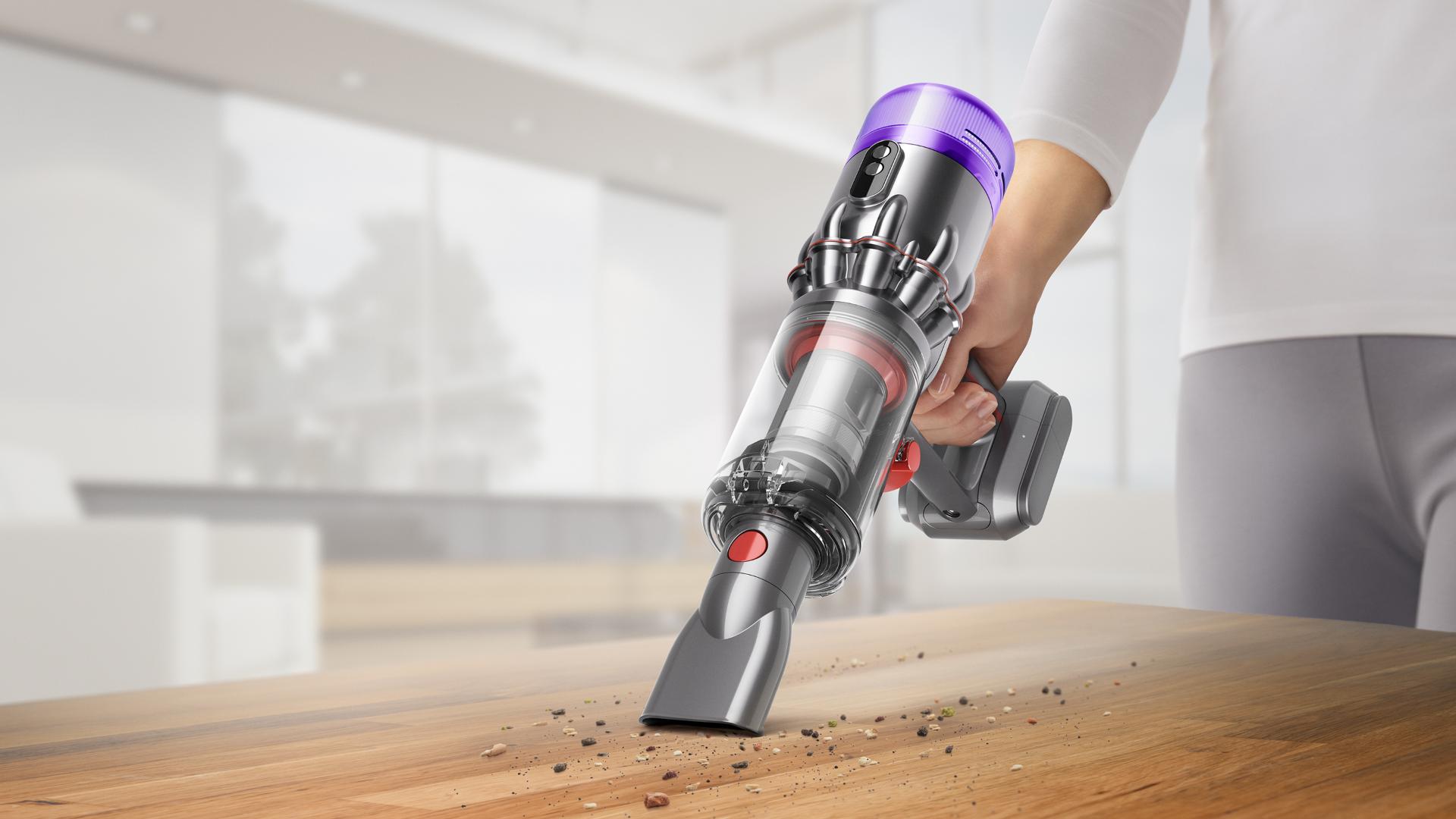Is Your Cordless Dyson Vacuum Pulsing? Here’s How to Fix the Problem

If you’ve ever been mid-cleaning spree only to have your trusty cordless Dyson vacuum start pulsing on and off, you know just how frustrating it can be. Instead of smoothly sucking up dust and dirt, the vacuum sputters, leaving you wondering what’s going on. This pulsing issue is common with cordless models, but the good news is that it’s usually something you can fix yourself. Let’s walk through some of the most straightforward solutions to get your Dyson vacuum back to running smoothly.
When your Dyson vacuum starts pulsing, it’s typically a sign that something’s not quite right. This could be due to a blockage, a full bin, or a problem with the filter. In this article, I’ll guide you through a few easy steps to troubleshoot and fix the issue, so you can get back to cleaning without any more interruptions.
Clear Blockages
When it comes to a Dyson vacuum pulsing, the first thing you should check is whether there’s a blockage somewhere in the machine. Blockages are the number one cause of this annoying problem, and they can occur in several places.
Start by turning off your vacuum and detaching the main wand from the cleaner head and motor unit. With the wand removed, take a look inside to see if there’s anything clogging the pathway. Sometimes, debris like pet hair, large pieces of dirt, or even small objects can get lodged inside. You can use a long object, like a broom handle or even a chopstick, to carefully dislodge any debris you find.
Next, check the cleaner head. This part is particularly prone to blockages, especially if you’ve been vacuuming up a lot of hair or larger debris. Remove the brush bar (most models have an easy-release button), and clear out any tangled hair or dirt. Give the inside of the cleaner head a quick inspection to make sure nothing is blocking the airflow.
Finally, don’t forget to check the entry point to the dust bin. Sometimes, debris can get stuck right where the wand meets the bin, causing a blockage that disrupts the vacuum’s performance.
Clean the Filters
Another common cause of Dyson vacuum pulsing is a dirty filter. Your vacuum’s filter is crucial for maintaining strong suction, and when it gets clogged with dust and debris, it can cause the vacuum to pulse as it struggles to maintain airflow.
Dyson recommends cleaning the filter regularly—typically every one to three months, depending on usage. To clean the filter, remove it from the vacuum. Most Dyson models have a filter located at the top of the vacuum’s motor unit. Simply twist it to remove.
Once you’ve removed the filter, take it to your sink and rinse it under cold water. Don’t use any soap or detergent, as this can damage the filter. Rinse until the water runs clear, then give the filter a good shake to remove excess water. Leave it to dry completely for at least 24 hours before reattaching it to the vacuum. Using the filter while it’s still damp can cause damage to the vacuum’s motor.
Empty the Dust Bin
Sometimes, the reason your Dyson vacuum is pulsing can be as simple as an overfilled dust bin. If the bin is too full, it can prevent air from flowing properly through the vacuum, causing the pulsing effect.
To avoid this, make it a habit to empty the dust bin before it gets too full. Most Dyson vacuums have a clear dust bin, making it easy to see when it’s time to empty it. Simply hold the vacuum over your trash can, press the release button, and let the debris fall out. If you notice any stubborn debris sticking to the sides, use a soft brush or cloth to remove it. This will help maintain proper airflow and keep your vacuum running smoothly.
Inspect the Battery
If you’ve cleared all blockages, cleaned the filter, and emptied the dust bin, but your Dyson vacuum is still pulsing, it might be time to check the battery. A low or malfunctioning battery can cause the vacuum to pulse as it struggles to power the motor.
Make sure the battery is fully charged. If your vacuum continues to pulse even with a full charge, it might be worth considering whether the battery itself needs to be replaced. Over time, batteries can lose their ability to hold a charge, especially if they’ve been heavily used. If you suspect this might be the issue, you might need to look into getting a replacement battery.
When your cordless Dyson vacuum starts pulsing, it can be a real headache, especially if you’re in the middle of cleaning. However, by checking for blockages, cleaning the filter, emptying the dust bin, and inspecting the battery, you can usually resolve the issue quickly and easily.